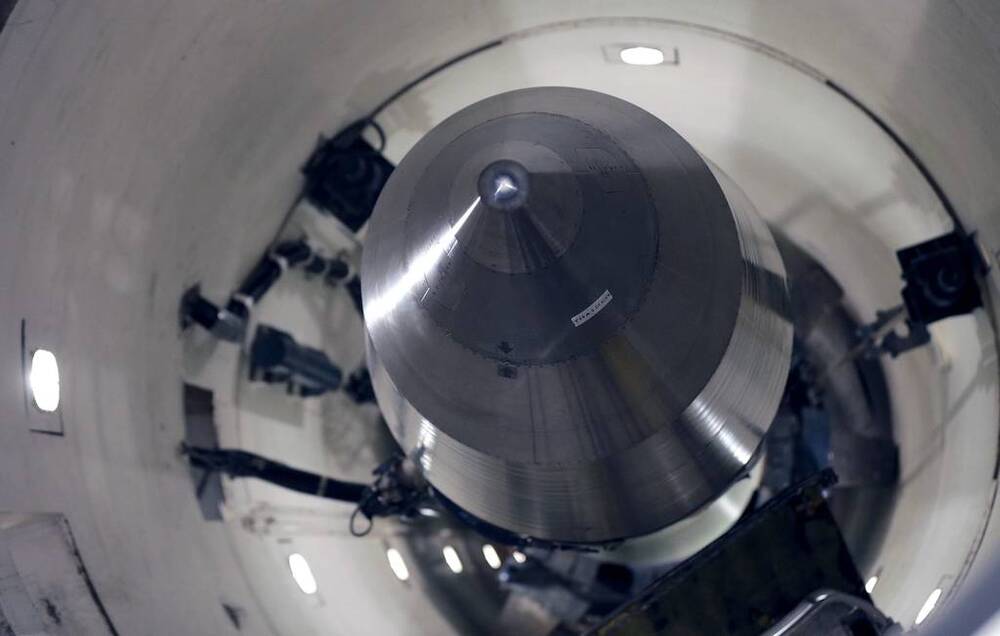Part of one of the inscriptions found at Kom Ombo, a temple in southern Egypt. The image at the top of the inscription appears to show the king Seti I with the gods Horus and Sobek. Part of one of the inscriptions found at Kom Ombo, a temple in southern Egypt. The image at the top of the inscription appears to show the king Seti I with the gods Horus and Sobek. (Image credit: Egyptian Antiquities Ministry)A giant stone engraving that fits together like a jigsaw puzzle, found in a temple in southern Egypt, may reveal new information about a pharaoh named Seti I, who launched a series of military campaigns in North Africa and the Middle East after he became pharaoh in about 1,289 or 1,288 B.C., several Egyptologists told Live Science.
The engraving has both drawings and hieroglyphs on it; the engraving mentions an event that happened during the reign of Horemheb, an elite general in King Tut’s army who eventually became a pharaoh.
Archaeologists with the Egyptian Ministry of Antiquities discovered the engraving while conducting a groundwater-lowering project in Aswan; inside Kom Ombo, a temple dedicated to the god Horus and a crocodile-headed god named Sobek. The temple dates back 2,300 years; the engraving may have originally been in an earlier temple, now lost, at Kom Ombo that was located on the same spot as the later temple. [The 25 Most Mysterious Archaeological Finds on Earth].






